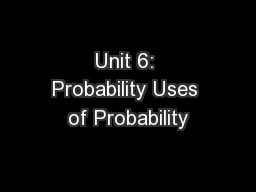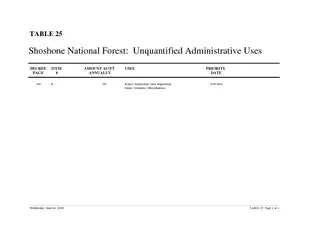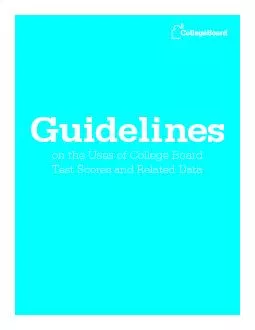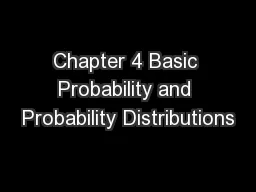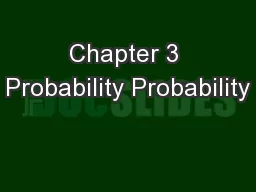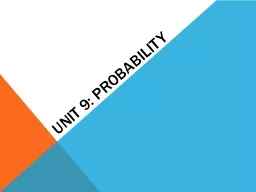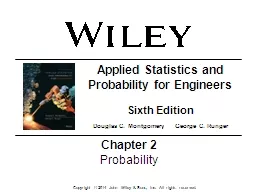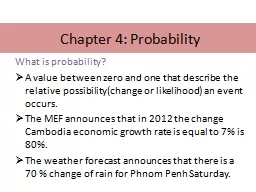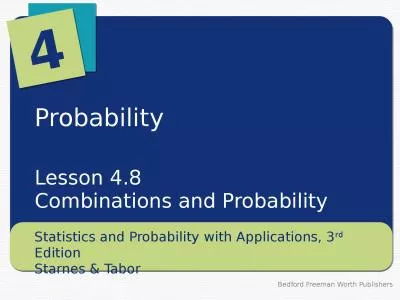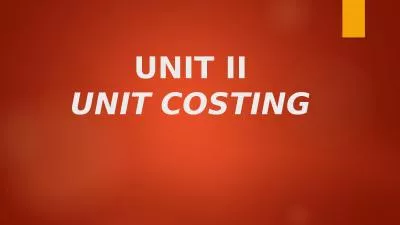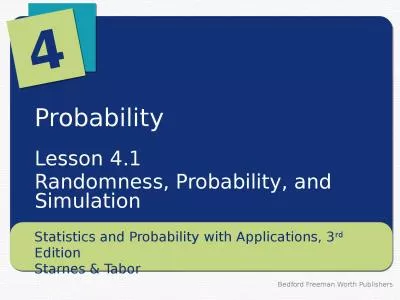PPT-Unit 6: Probability Uses of Probability
Author : liane-varnes | Published Date : 2018-10-22
Probability is used all of the time in real life Gambling Sports Weather Insurance Medical Decisions Standardized Tests And others Definition of Probability The
Presentation Embed Code
Download Presentation
Download Presentation The PPT/PDF document "Unit 6: Probability Uses of Probability" is the property of its rightful owner. Permission is granted to download and print the materials on this website for personal, non-commercial use only, and to display it on your personal computer provided you do not modify the materials and that you retain all copyright notices contained in the materials. By downloading content from our website, you accept the terms of this agreement.
Unit 6: Probability Uses of Probability: Transcript
Download Rules Of Document
"Unit 6: Probability Uses of Probability"The content belongs to its owner. You may download and print it for personal use, without modification, and keep all copyright notices. By downloading, you agree to these terms.
Related Documents

